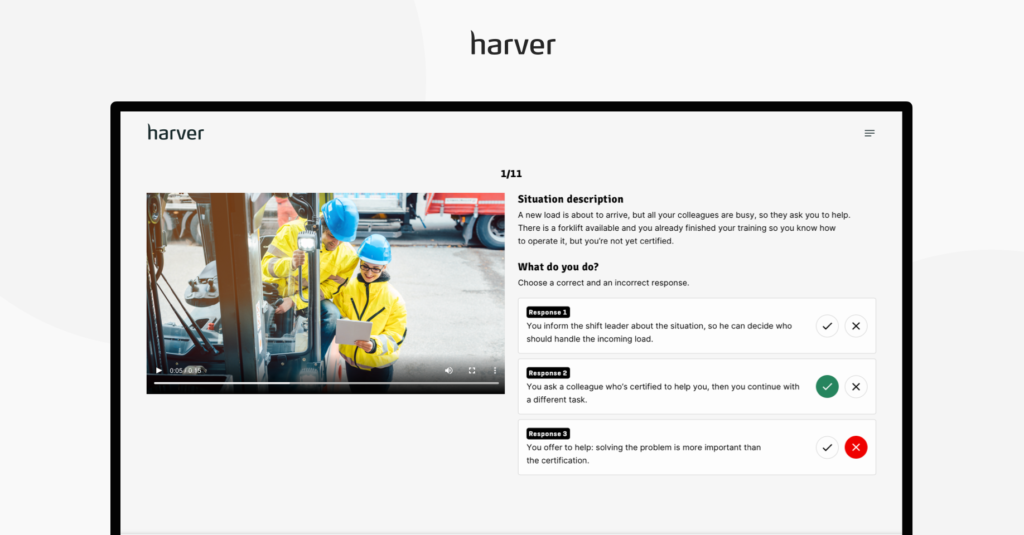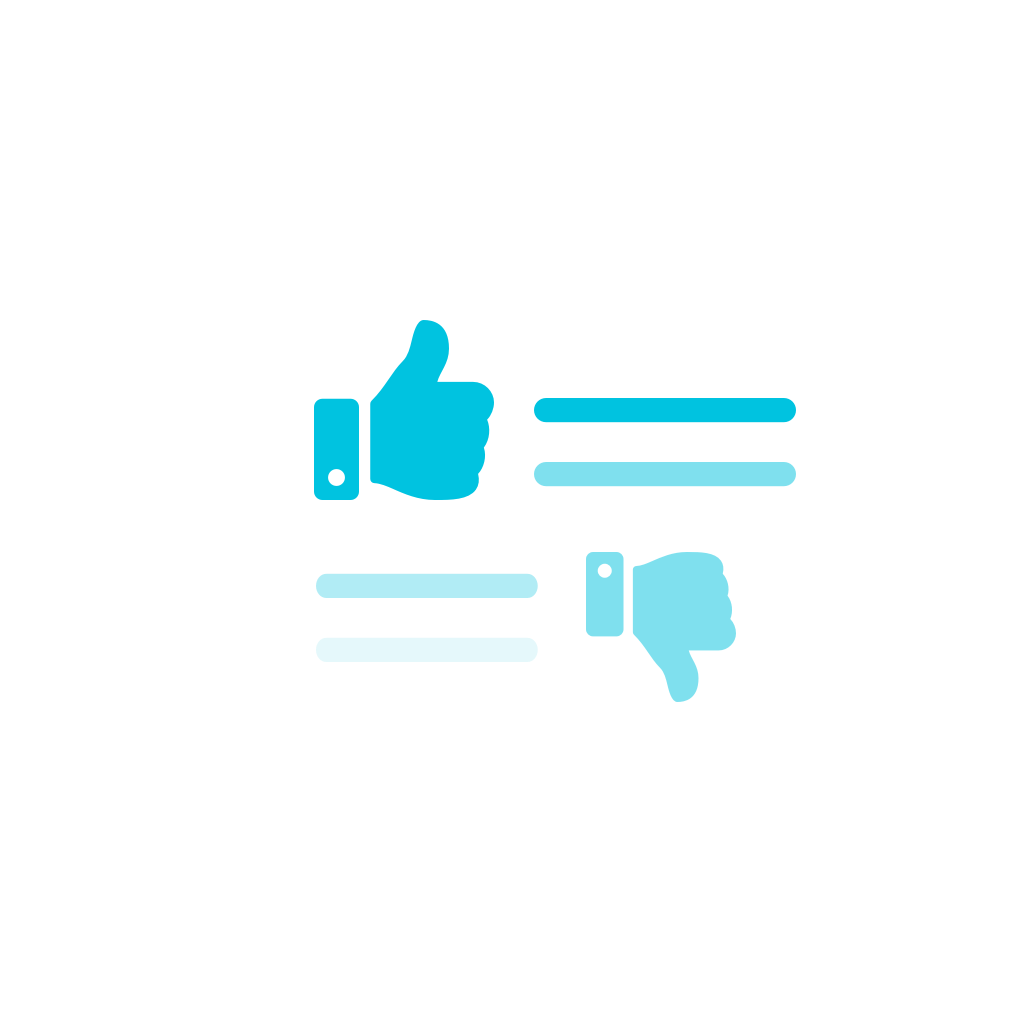Volume hiring means hiring large volumes of employees. But that doesn’t mean that volume hiring is solely used for filling low complexity, entry-level roles. Far from it.
There are plenty of professional roles that need filling through volume hiring too. However, while both require you to hire at scale, the approach required for the recruitment strategy is different.
For example, when hiring for hourly roles, you’re likely looking to fill open positions at contact centers, BPOs, or retail, while in professional volume hiring, you’re likely recruiting for roles in sales, banking, or logistics.
So before we dive in and explore how to hire at scale for professional and hourly roles, let’s first take a look at the differences between these two sides of volume hiring.
What’s in?
Like what you see?
Don’t miss out. Subscribe to our quarterly digest to get the latest TA and TM resources delivered right to your inbox.
How are professional and hourly volume hiring different?
Professional volume hiring
The easiest way to think about professional volume hiring is to consider the recent pandemic. Health services around the world needed to recruit health workers, fast. And the people they were hiring weren’t filling “hourly”, entry-level roles, they were trained health professionals.
Other roles that can fall into the professional realm include corporate roles i.e. legal firms, insurance brokers, sales, banking, financial, or logistics and supply chain roles.
Professional roles tend to focus more on skills, past experience, proven results, and learning agility, meaning how you recruit for these roles requires you to screen and evaluate applicants accordingly.
For professional candidates, they care about their career path, and they need to know that they’ll fit into your culture, that your values align with theirs. This isn’t about finding another job for them, this is about finding the right company to grow professionally. They will have higher expectations and are less likely to accept any job, just because they need a salary.
Hourly volume hiring
Hourly volume hiring is what you’d use when you’re filling low-complexity, entry-level roles: positions that don’t require applicants to have any prior experience.
Hourly roles usually require candidates to be available to start immediately and possess transferable soft skills such as teamwork, communication, timeliness, or the ability to work under pressure. These are the skills you’ll assess and evaluate applicants for.
The type of people who typically apply for hourly roles don’t have a LinkedIn profile, they don’t have a career path, and they are looking for a paycheck and job security more than they’re looking for professional development and growth. The first company to make them an offer is usually the one they accept.
Why are we highlighting the differences between the two types of volume hiring? Because with each, you’re hiring a vastly different type of person, meaning you’ll need a vastly different recruitment strategy in order to hire the right people for each type.
How to hire for both types of volume hiring
1. The emphasis of the hiring process
Professional volume hiring
In professional volume hiring, you need to focus mainly on a candidate’s profile, skills, fit for the job (specialized), culture, and learning agility. When you’re hiring professionals, your focus should be on the candidate and the quality of hire.
While you aren’t likely to be overwhelmed by a large number of unsuitable applicants, you’re still going to need an efficient hiring process that allows you to sift applications based on predetermined criteria – work experience in a relevant role or a similar industry, or professional skills and qualifications.
You’ll also want evidence of success, which can be an indicator of how well they’ll perform in yours. When there isn’t something easy to rank candidates on, a good measure of success is tenure.
Hourly volume hiring
When hourly volume hiring, speed is of the essence. You don’t need to know what experience an applicant has had – in low-complexity roles, past performance is usually not an indicator of future success. And more likely, your applicants are new to the job market and don’t have past experience, or if they do, it’s not suitable for the role they’re applying for.
Instead, in a tight labor market with limited applicants, your focus needs to be on speed, operating an efficient hiring process, reducing friction, and getting applicants into your pipeline quickly. This way you can give job security to top talent faster than the competition.
You don’t want to get bogged down in the weeds of recruiting, having to sift through thousands of identical resumes, or manually assess thousands of applicants. You want a simple, automated approach that funnels multiple applicants into your pipeline and then sifts, assesses, and sorts them for you to make a bias-free hiring decision.
Hourly volume hiring is about filling the seats as efficiently as possible, both in terms of cost and time. It’s about scaling recruitment without expanding the recruitment team if the demand or the labor market changes. It’s about reducing the cost per hire and the time to hire, while improving the quality of the hire and delivering an outstanding candidate experience.
Use tools and technology that ensure a fast and efficient hiring process, one that is automated, delivering a smooth and seamless experience for both candidates and recruiters.
2. What pre-employment assessments to use
Whether you’re professional or hourly volume hiring, once you’ve determined candidates are viable, you’ll still need to assess them. However, you’re assessing very different things for each.
Professional volume hiring
In professional volume hiring, learning agility and personality questionnaires are more important than testing whether someone is good at customer service, for example.
When hiring professionals, you want employees who are agile and capable of adapting to changing business strategies, working across different cultures, and who can take on unfamiliar assessments and nail them.
Harver’s scientifically validated learning agility assessments, for example, measure an applicant’s ability to learn, adapt, and unlearn, constantly evolving to meet the changing conditions, because the best employees are those people who have the ability to figure things out.
Personality questionnaires are also a great way for you to get to know your candidates beyond their initial application, and they provide a starting point for interviews.
Personality questionnaires measure specific behavior indicators that reveal whether a candidate possesses the desirable characteristics you want in employees, such as ambition, great communication, motivation, or desire for continual improvement.
Hourly volume hiring
In hourly volume hiring, depending on the role you’re recruiting for, you might want to start by assessing “hygiene skills”, such as computer literacy or language proficiency for contact center agents, for example. Learning agility is less important, so your focus should be on whether candidates are suitable for the role based on their skills.
Situational judgment tests (SJTs) are an excellent tool for assessing not only a candidate’s skills and characteristics but also their reactions to different workplace scenarios.
For example, you can present candidates with multiple realistic scenarios of the day-to-day challenges they’re likely to face while carrying out activities from the role they’re applying for. SJTs help you manage expectations for candidates early on, reducing employee turnover in the long run.
Situational judgment tests require applicants to rate responses to each scenario, in their opinion, from best to worst. By measuring their responses to typical situations they might encounter, allowing you to gauge their suitability for the specific role.
Here’s what these pre-employment assessments look like, in practice, in the Harver platform.

SJTs aren’t just a one-way information gathering tool for your organization, they give applicants insights into the role they’re applying for, showing them what they might expect should they come to work for you. By doing so, both of you will get an idea of whether the fit is good or not.
If you’d like to see how Haver can transform your hiring process,
book a demo here!
Next steps
When you’re recruiting at scale for both professional and hourly roles, you need to align your hiring strategy and toolbox, to make sure the emphasis for the hiring process is the correct one.
This means that although you can use the same platform to screen, assess, interview, and select candidates, you will need to use different types of pre-employment assessments and structure your application flows differently, to meet both your business needs and your candidates’ expectations.
If you’d like to see how Harver can help you build an end-to-end digital hiring process that can help you identify the best candidates for both professional and hourly roles, and do it in a data-driven and fundamentally fair manner, you can book a demo below.
Ready to transform your hiring process?



